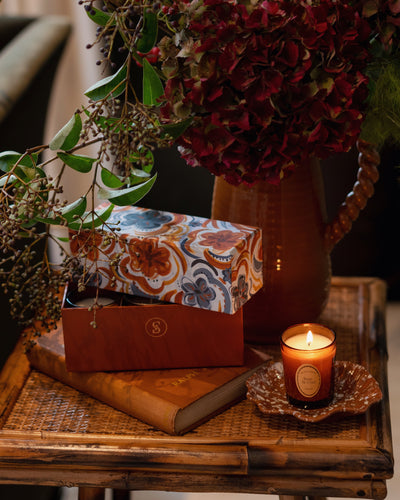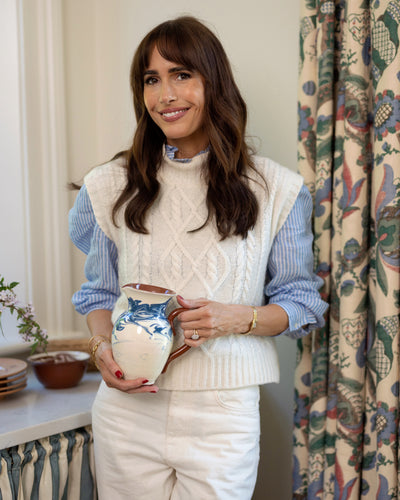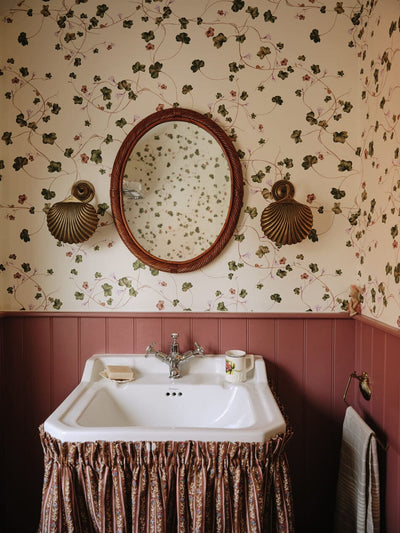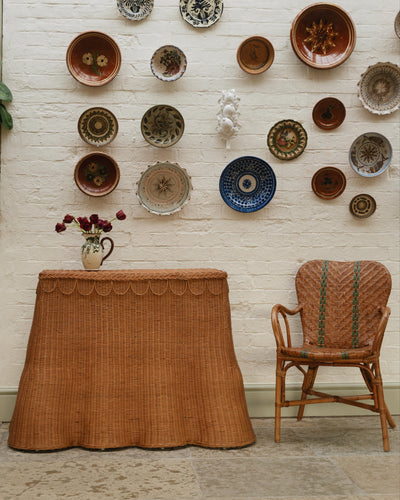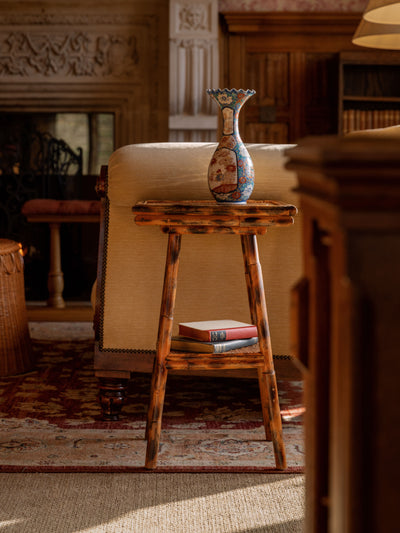Ever moved into your new home and wondered what to do with that awkwardly sized extra bedroom? Or maybe you’re looking to repurpose that little home office space that has always felt a bit cramped? Well, you’re not alone. I've had my fair share of small space challenges and it often feels like I've been set up to fail - no light, no space and nothing seems to fit! But through many years of trial and error, I've uncovered some simple solutions that can help you create that stylish and open little room that you’ve always dreamed of. These solutions have worked wonders for me, and I hope they’ll serve you just as well.
- Lighting is everything. I always start with this one simple rule to create the illusion of a wider, lighter space in a small room. I like to ensure that my windows let in as much light as possible by having lightweight drapery.
In terms of lighting, avoid lamps and other large stand-alone options. Instead opt for more subtle fixtures such as smaller decorative wall lights, or hanging bulb ceiling lights or in a more modern home, using concealed strip lights can be a beautiful lighting solution which has no visible fixture at all! (See tip 3 for why I love this idea!)
- Strategic mirror placement. This is a well-known piece of advice that has been a go-to solution for small rooms for decades. Reflective surfaces allow light to bounce around the room and give the illusion of additional depth and dimension so don't hesitate to experiment with mirrors, metallic furnishings or even glossy paint and tiles.
To find the perfect vintage mirror for your home, see how I shop for my antiques here.
- Same colour ceiling to the walls to create flow. Keep a muted, quieter palette - pale neutrals such as white, cream, and beige as well as pastel colours such as pale blue or green are go-to shades to make rooms feel bigger, airier, and brighter.
If you are going to incorporate patterns, use small-scale patterned wallpapers or stripes to create a sense of repetition and continuity to avoid making the room feel cramped or overwhelmed.
Painting the ceiling the same colour as the walls expands the space. See how Louise uses colour in her home to create different vibes, moods and effects here!
- ‘Invisible’ storage. When it comes to storage, camouflage it as much as possible within the room. Incorporate hidden storage compartments in furniture - think storage ottomans and under-bed storage. For slightly larger rooms, built-in cupboards and wardrobes that blend seamlessly with the walls are a great option. You can even disguise the doors with matching wall panels or wallpaper to really milk those ‘invisible storage’ solutions.








